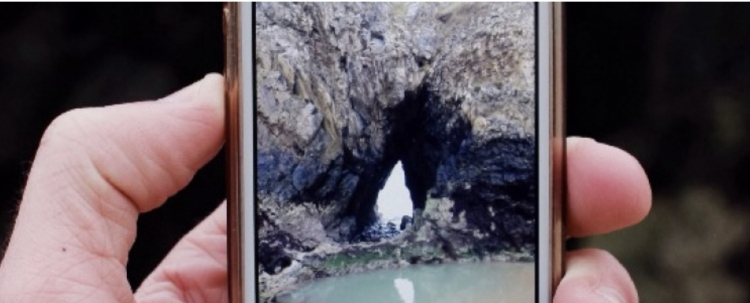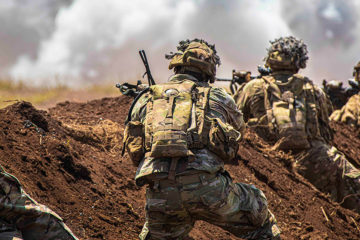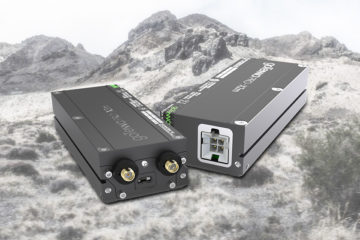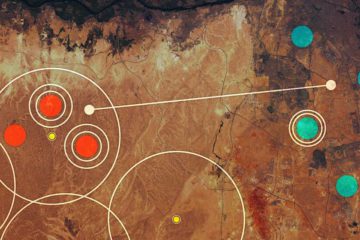Emergency communications: What is a PACE Plan?

Too many times I’ve heard travelers say, “I have a bunch of ways to call home, I have Facebook Messenger, WhatsApp, and even Instagram,” not realizing that all of those rely upon a single communications channel. When the data cellular network goes down, all of those apps are unusable. Building a PACE plan using multiple channels is critical to ensuring reliable communications to home or help. This is especially critical for high-risk travel.
First off, what is PACE? It’s an acronym used in military communications planning that stands for:
- Primary: The main form of communication. For most business travelers, this in the form of digital cellular communications. Depending on Wi-Fi is not advised.
- Alternate: If the primary fails, this is your secondary form of communication. Most common is voice calls when the data network is down.
- Contingency: Tertiary method of communication. A satellite phone is a great example as it is not reliant on any cellular network.
- Emergency: If all else fails, this is the worst case option. It is usually ugly, but will get a message across. Examples go from sending short codes or texts from GPS tracking devices to using landlines if available. High Frequency (HF) radios have also been used but extremely rarely.
The most important part of the PACE plan is the act of planning itself. It takes time to properly research the country you are going to. International cell phone carriers may not have coverage in the region, meaning you’ll have to find out the best local carriers and buy sim cards upon arrival. Even satellite phones have breaks in coverage. There are several satellite phone services and some work better in different regions.







No Comment